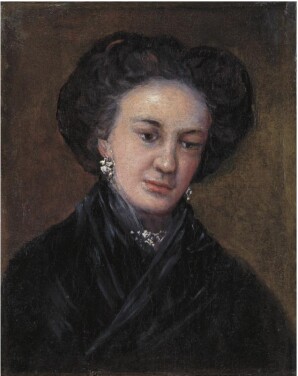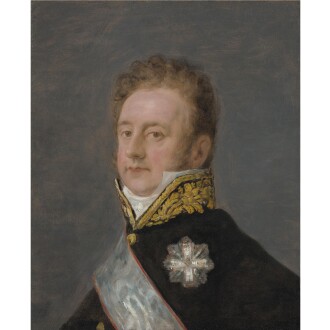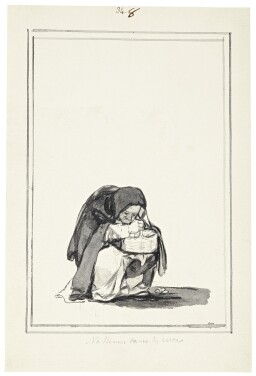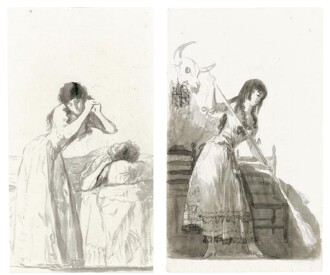Francisco de Goya Biography
Painter and printmaker Francisco de Goya stands among the most significant Spanish artists of the Romantic period in the late 18th and early 19th centuries. The trajectory of his career reflects the tumultuous period in Europe of the time, and, as such, his oeuvre functions as a bridge between the Old Masters and the early Modern period. His prolific career produced works of wide-ranging subjects, including portraiture, still life, landscape and political critique through a variety of styles including Rococo, Baroque and Romanticist.
Born in Fuendetodos, Spain, in 1746, Goya studied under painter José Luzán Marínez from the age of 14. His formative years fell within the reign of Charles III, an enlightened monarch who welcomed economic and industrial reform. As such, the regal, stately figures that occupy his portraits were painted through the application and lightness of the popular Rococo style. In addition to his royal portraiture, he experimented with fantastical and mysterious scenes, which were informed by contemporary moralistic and philosophical questions that sprang from the Enlightenment. He was the official court painter to King Charles III, and painted many portraits of the Spanish court until Napoleon’s invasion in 1808. Although Goya had to pledge allegiance to Napoleon, once the Bourbon monarchy was restored following the end of Napoleon’s rein at the end of 1813, he subsequently produced highly critical and emotionally impactful works that reflect the atrocities of war. Under Bourbon king Ferdinand VII’s tyrannical reign, during which he reinstated the Inquisition, Goya’s work grew increasingly dark, fluid and experimental. Retreating from public life without royal commissions, Goya produced the “Black Paintings,” an emotionally intense and at times frightening series of works on the interior walls of his farmhouse, which reflect the sinister lens through which Goya now saw the world. His final years were spent in relative solitude in Bordeaux and Paris until his death in 1828.
Goya’s career changed the course of Western art history, and had significant influence on twentieth century artists including Édouard Manet and Pablo Picasso. Goya’s paintings and prints can be found in nearly all major museums of the West, including the Metropolitan Museum of Art, New York, the Prado Museum, Madrid, the Louvre Museum, Paris, the State Hermitage Museum, St. Petersburg, and many others.
Read Less











